Home>Technology>Security & Surveillance>How Do You Open A Locked Door
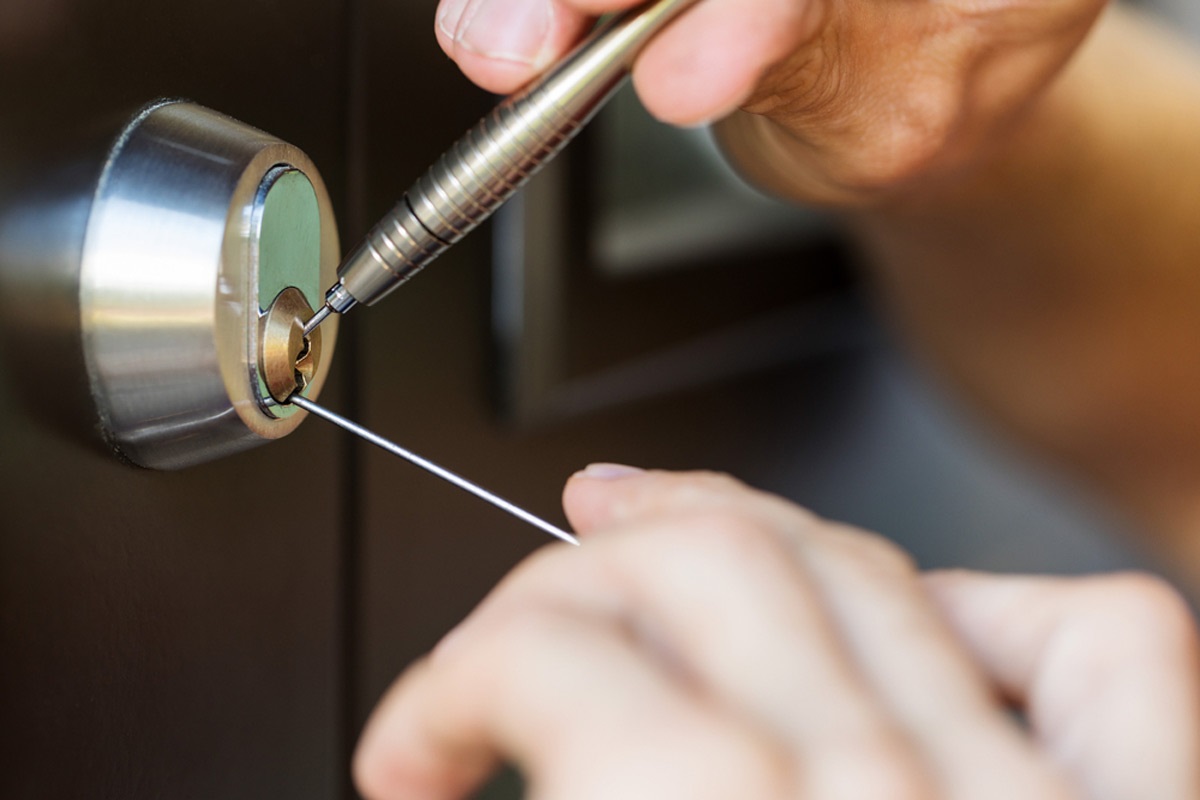

Security & Surveillance
How Do You Open A Locked Door
Published: December 26, 2023
Learn the best methods for opening a locked door and enhancing your security and surveillance measures with expert tips and advice. Discover how to safeguard your property effectively.
(Many of the links in this article redirect to a specific reviewed product. Your purchase of these products through affiliate links helps to generate commission for Storables.com, at no extra cost. Learn more)
Introduction
Welcome to the ultimate guide on opening a locked door. Whether you find yourself accidentally locked out of your home or facing a stubborn jammed lock, this comprehensive article will equip you with the knowledge and skills to tackle the situation with confidence. From utilizing everyday items found in your wallet or around the house to understanding when it's time to call in a professional locksmith, we've got you covered.
Feeling locked out can be a frustrating experience, but fear not! With the right techniques and a bit of patience, you can often regain access to your space without causing damage to the door or lock. Before we delve into specific methods, it's important to approach the situation with a calm and rational mindset. Assessing the type of lock, the material of the door, and any potential risks associated with attempting to open it yourself is crucial. By taking a methodical approach and considering all available options, you can increase the likelihood of successfully resolving the issue.
In the following sections, we will explore various techniques for opening a locked door using simple tools such as a credit card or plastic card, a screwdriver or butter knife, and a bobby pin or paperclip. Each method will be explained in detail, providing you with step-by-step instructions and tips for optimal results. Additionally, we will discuss the importance of knowing when it's best to seek professional assistance from a locksmith, ensuring that the integrity of the lock and door are preserved.
Whether you're dealing with a traditional key-operated lock, a deadbolt, or a modern electronic lock, this guide will empower you to tackle the challenge of opening a locked door effectively and safely. So, let's dive in and equip ourselves with the knowledge and skills needed to overcome this common inconvenience.
Key Takeaways:
- Don’t panic if you’re locked out! Assess the situation carefully by considering the type of lock, door material, and potential risks. This will help you choose the best method for opening the door safely.
- When DIY methods fail, call a professional locksmith. They have the expertise, tools, and experience to open the door without causing damage. Plus, they can provide valuable security guidance for your home.
Read more: How Do You Lock A Door
Assessing the Situation
When faced with a locked door, the first step is to assess the situation carefully. Understanding the type of lock, the material of the door, and any potential risks associated with attempting to open it yourself is essential. By evaluating these factors, you can determine the most appropriate method for gaining entry while minimizing the potential for damage.
Begin by examining the type of lock installed on the door. Is it a traditional key-operated lock, a deadbolt, or a modern electronic lock? Different types of locks may require distinct approaches for successful opening. For instance, a key-operated lock may be susceptible to a different set of techniques compared to an electronic lock with digital components.
Next, consider the material of the door. Is it made of wood, metal, or another substance? The material of the door can impact the effectiveness of certain methods for opening it. For example, using a credit card to manipulate the latch of a spring bolt lock may be more successful on a wooden door compared to a metal one.
It’s also important to assess the potential risks associated with attempting to open the door yourself. For instance, using excessive force or improper tools can lead to damage to the door, the lock, or even personal injury. By carefully considering these risks, you can make an informed decision about whether to proceed with a DIY approach or seek professional assistance.
By taking the time to evaluate the type of lock, the material of the door, and the potential risks involved, you can approach the task of opening the locked door with a clear understanding of the variables at play. This thoughtful assessment will guide your decision-making process as you move forward with the most suitable method for gaining access to the locked space.
Using a Credit Card or Plastic Card
One of the most common and straightforward methods for opening a locked door is the use of a credit card or a similar flexible plastic card. This technique is typically effective on spring bolt locks and may work best with inward-swinging doors. While it may not work on all types of locks, it’s worth a try when you find yourself locked out.
To begin, select a sturdy and flexible card, such as a credit card, library card, or even a laminated ID card. The card should be able to fit into the gap between the door and the doorframe. It’s important to note that this method is intended for educational purposes and should only be used on doors you have permission to open.
Here’s a step-by-step guide to using a credit card or plastic card to open a locked door:
- Insert the card between the door and the frame at the point where the latch is located.
- Hold the card perpendicular to the door and begin to wiggle and push it towards the latch.
- While maintaining pressure on the card, bend it away from the door, forcing the latch back into the door. This action may require multiple attempts and some patience.
- Simultaneously, apply slight pressure to the door, as if you were trying to open it with the card still engaged in the latch area.
- If successful, the latch should retract, allowing the door to be opened.
It’s important to approach this method with caution and avoid using excessive force, as this can lead to damage to the card or the door. Additionally, keep in mind that not all locks are susceptible to this technique, especially those with a tight-fitting latch or additional security features.
While using a credit card or plastic card to open a locked door can be a handy skill in certain situations, it’s essential to use this knowledge responsibly and always seek permission before attempting to open a locked door using this method.
If you’re trying to open a locked door without a key, you can try using a credit card or a thin, sturdy object to slide between the door and the frame to push the latch back. Be careful not to damage the door or the frame.
Using a Screwdriver or Butter Knife
When faced with a locked door and the absence of a key, a screwdriver or a butter knife can serve as makeshift tools for opening the door. This method is typically applicable to doors with privacy handles or interior locking mechanisms. It’s important to note that this technique should only be used on doors you have permission to open, and it’s essential to exercise caution to avoid damage to the door or the locking mechanism.
Here’s a step-by-step guide to using a screwdriver or butter knife to open a locked door:
- Select a small flat-head screwdriver or a butter knife with a thin and flat blade.
- Insert the blade of the screwdriver or knife into the space between the door and the doorframe, just above the handle.
- Gently apply pressure to the blade while simultaneously turning the handle or twisting the knife in a way that mimics the motion of the latch retracting.
- If successful, the latch should retract, allowing the door to be opened.
It’s crucial to exercise patience and finesse when using this method, as excessive force can lead to damage to the door, the locking mechanism, or the improvised tool. Additionally, this technique may not be effective on all types of locks, particularly those with complex or high-security features.
While using a screwdriver or butter knife to open a locked door can be a practical solution in certain scenarios, it’s important to approach the task with care and respect for the property in question. Always seek permission before attempting to use this method, and consider the potential risks and limitations associated with the specific type of lock and door you are dealing with.
Using a Bobby Pin or Paperclip
For those facing a locked door without a key, a bobby pin or paperclip can be repurposed as a makeshift lock-picking tool. This method is often employed in situations where traditional keys are unavailable, and the door features a basic locking mechanism. It’s important to note that this technique should only be used on doors you have permission to open, and it’s essential to exercise caution to avoid damage to the lock or the door.
Here’s a step-by-step guide to using a bobby pin or paperclip to open a locked door:
- Start by unfolding the bobby pin or straightening out the paperclip to create a long, straight tool.
- Bend the end of the bobby pin or paperclip to form a small hook or L-shape, which will serve as the picking end.
- Insert the hooked end of the bobby pin or paperclip into the keyway of the lock, ensuring it reaches the back of the keyway.
- Gently apply upward pressure while simultaneously raking the pin or clip back and forth, mimicking the action of the key’s teeth engaging with the lock pins.
- If successful, the lock pins should align, allowing the lock to turn and the door to be opened.
It’s crucial to approach this method with patience and precision, as excessive force or hasty movements can lead to damage to the lock or the improvised tool. Additionally, this technique may not be effective on all types of locks, particularly those with advanced security features or intricate mechanisms.
While using a bobby pin or paperclip to open a locked door can be a practical solution in certain scenarios, it’s important to exercise discretion and respect for the property in question. Always seek permission before attempting to use this method, and consider the potential risks and limitations associated with the specific type of lock and door you are dealing with.
Read more: How Do You Pick A Lock On A Door
Calling a Professional Locksmith
When all DIY methods have been exhausted or when dealing with complex locks, calling a professional locksmith is often the most prudent course of action. Professional locksmiths possess the expertise, specialized tools, and experience necessary to handle a wide range of lock and door-related challenges, ensuring that the issue is resolved efficiently and with minimal risk of damage.
Here are some key considerations when calling a professional locksmith:
- Expertise and Experience: Professional locksmiths undergo rigorous training and have extensive experience in dealing with various types of locks and security systems. Their in-depth knowledge allows them to assess the situation accurately and determine the most suitable approach for resolving the issue.
- Specialized Tools and Techniques: Locksmiths are equipped with specialized tools and techniques tailored to different types of locks, enabling them to address complex or high-security systems effectively.
- Minimized Risk of Damage: By enlisting the services of a professional locksmith, you can minimize the risk of damage to the door, the lock, and surrounding components. Locksmiths employ precise methods to ensure that the door is opened without causing unnecessary harm.
- Emergency Services: Many locksmiths offer emergency services, providing prompt assistance when you find yourself locked out of your home or facing an urgent lock-related issue.
- Professional Guidance: In addition to resolving the immediate challenge, locksmiths can offer valuable guidance on enhancing the security of your home or business, including recommendations for advanced locking systems and security measures.
When engaging the services of a locksmith, it’s essential to choose a reputable and licensed professional. Verify the locksmith’s credentials and ensure that they have the necessary certifications and insurance to carry out the work. Additionally, inquire about the estimated cost and any potential additional charges to ensure transparency in the service provided.
By entrusting the task to a professional locksmith, you can gain peace of mind knowing that the issue will be addressed with precision, expertise, and a commitment to preserving the integrity of your property’s security features.
Remember, attempting to force open a stubborn lock or door without the appropriate skills and tools can lead to costly damage and potential safety risks. When in doubt, it’s best to rely on the proficiency of a qualified locksmith to resolve lock-related challenges effectively and responsibly.
Frequently Asked Questions about How Do You Open A Locked Door
Was this page helpful?
At Storables.com, we guarantee accurate and reliable information. Our content, validated by Expert Board Contributors, is crafted following stringent Editorial Policies. We're committed to providing you with well-researched, expert-backed insights for all your informational needs.
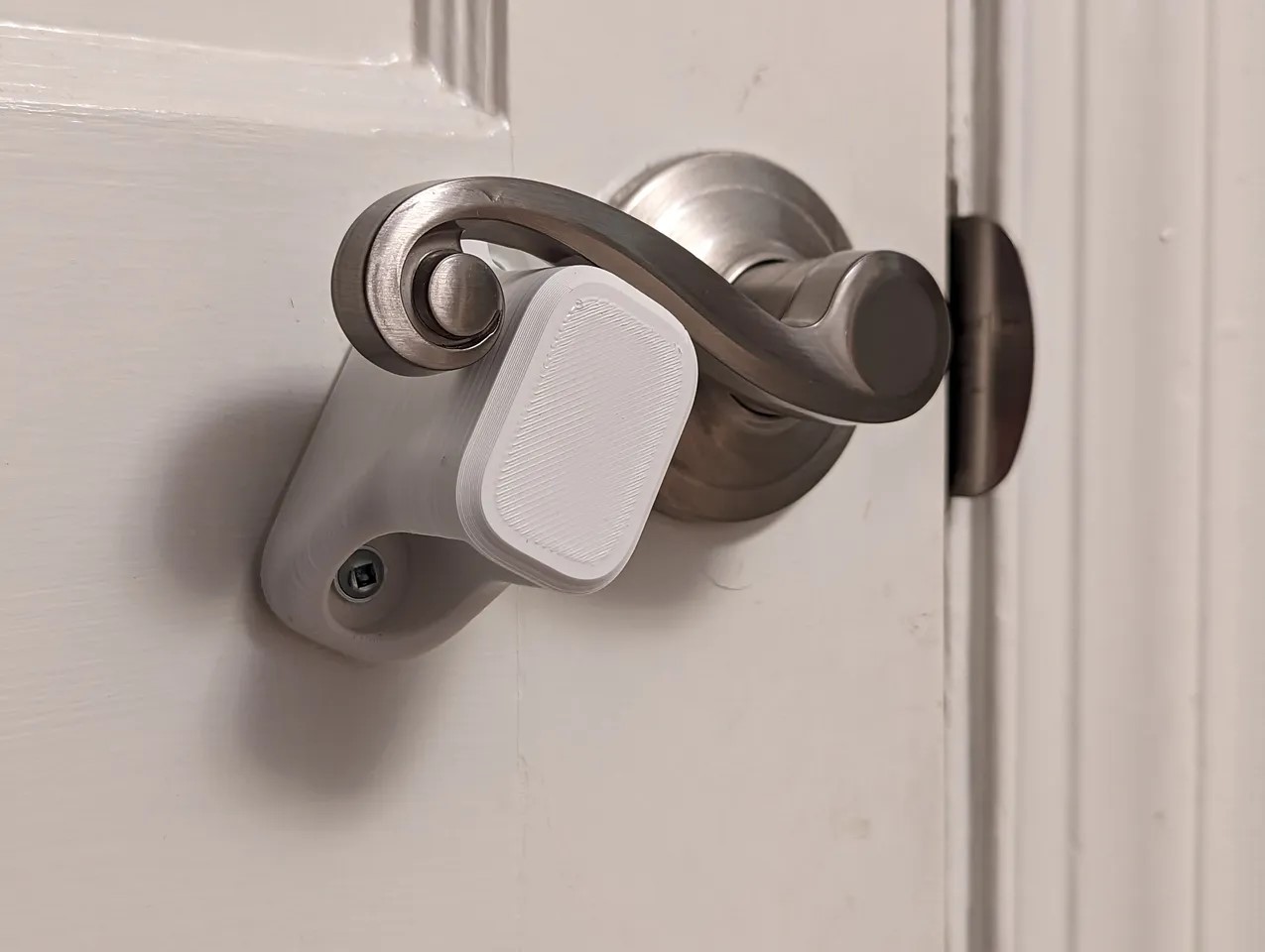
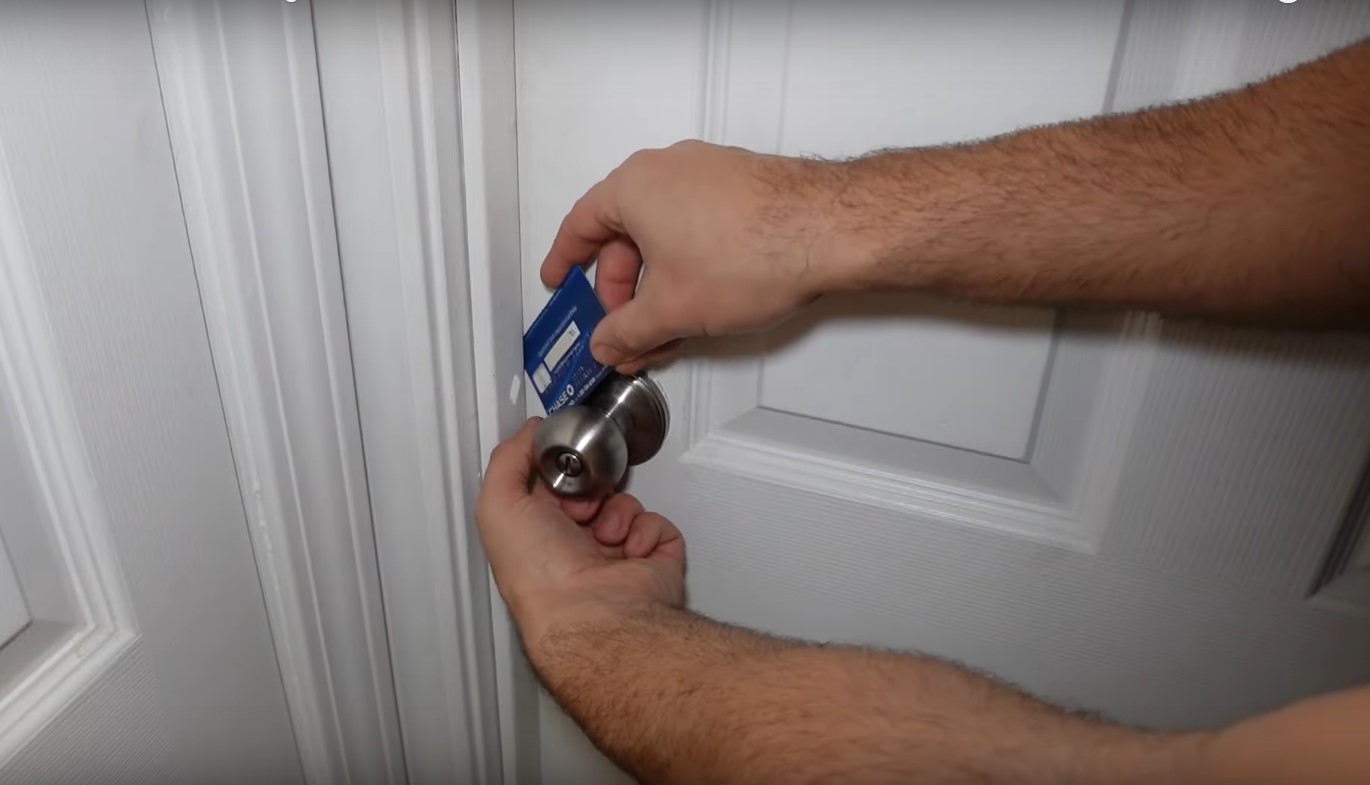
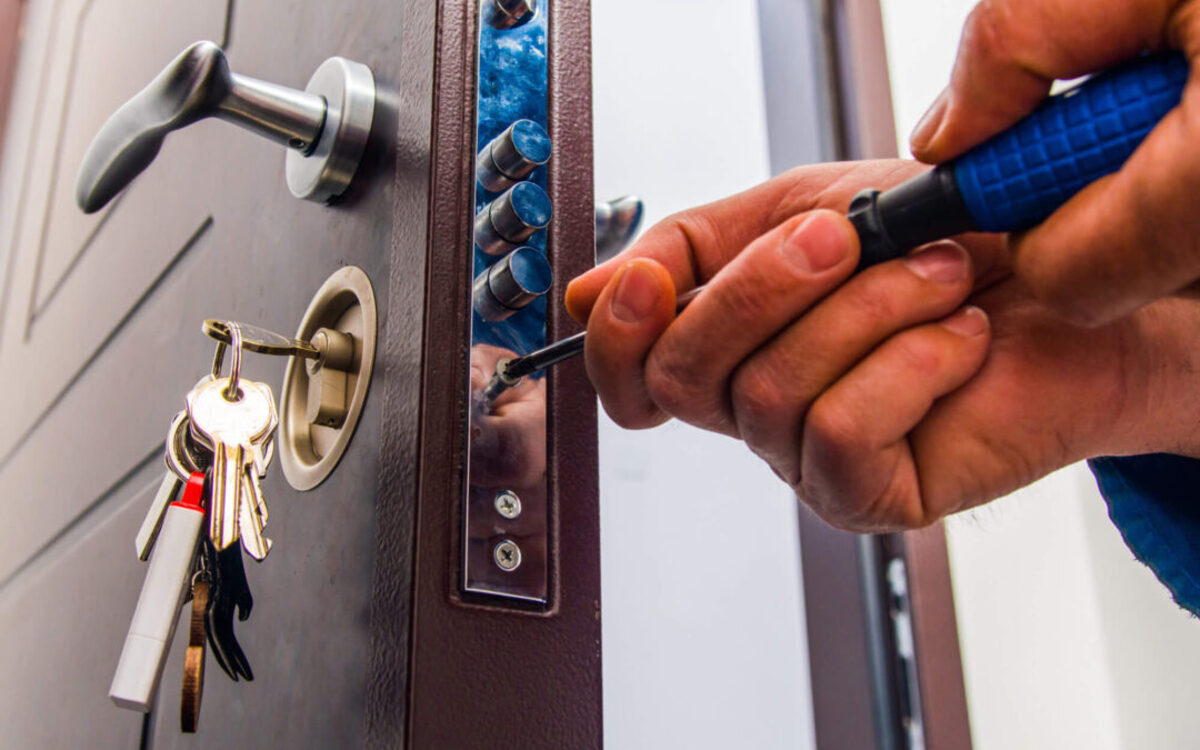
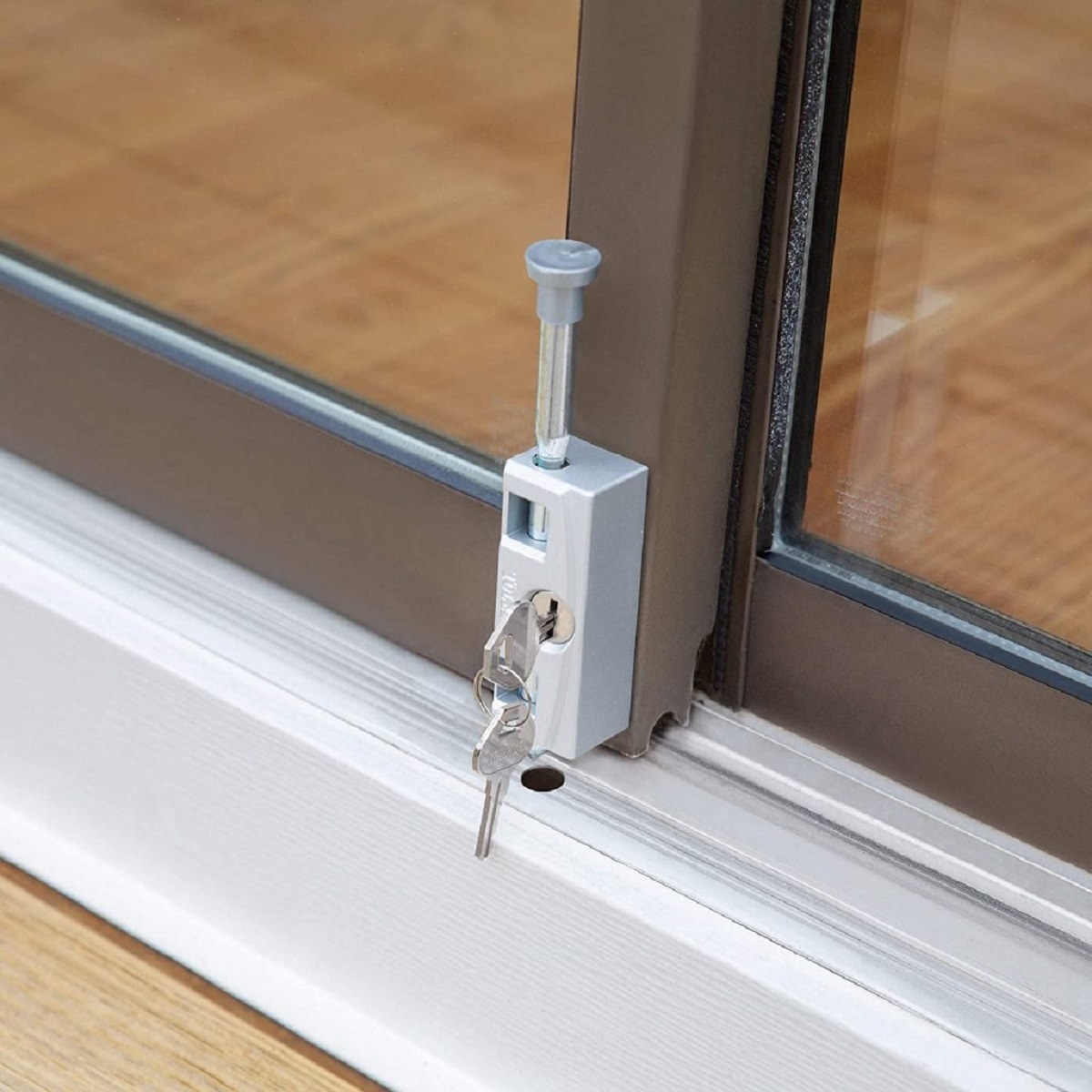

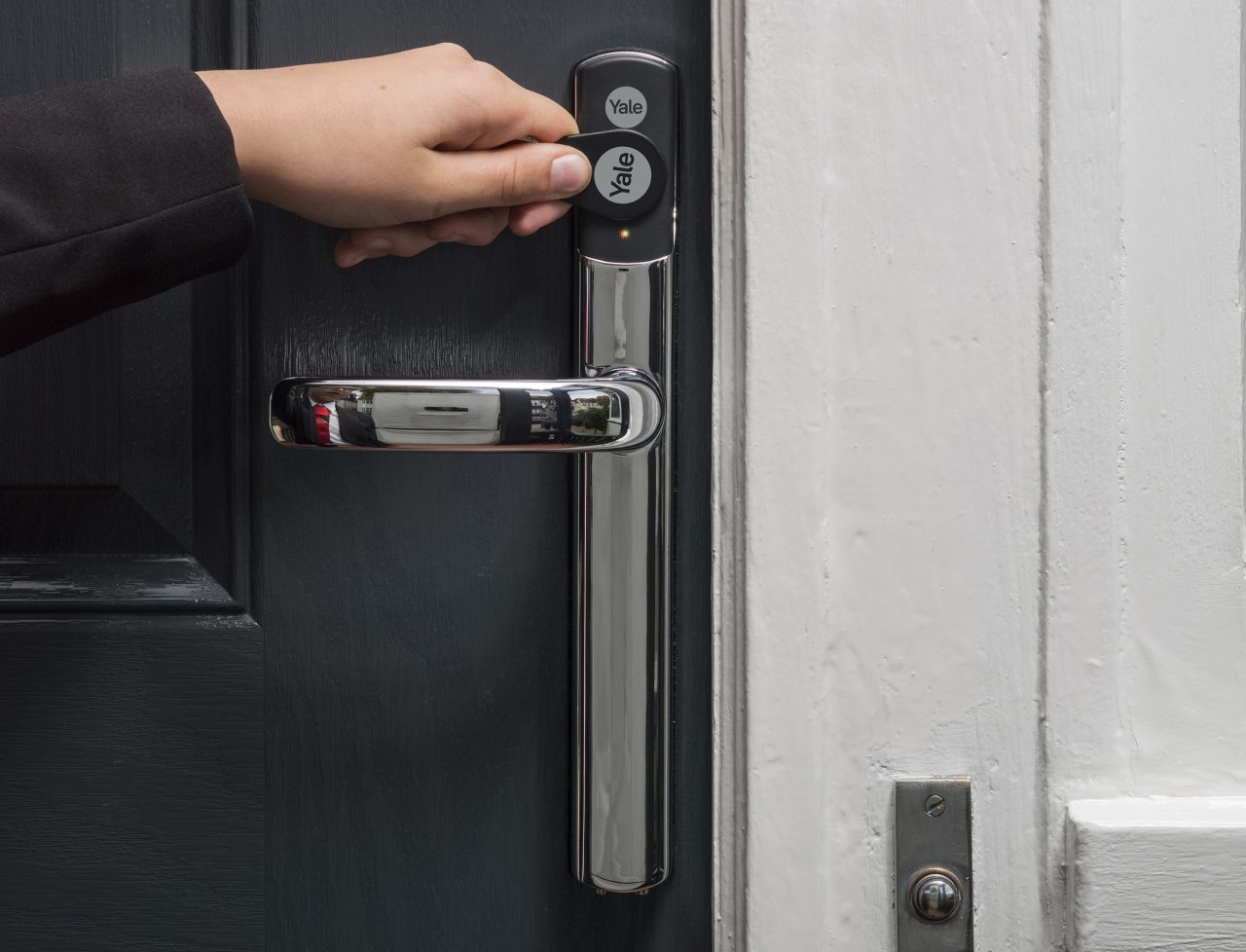
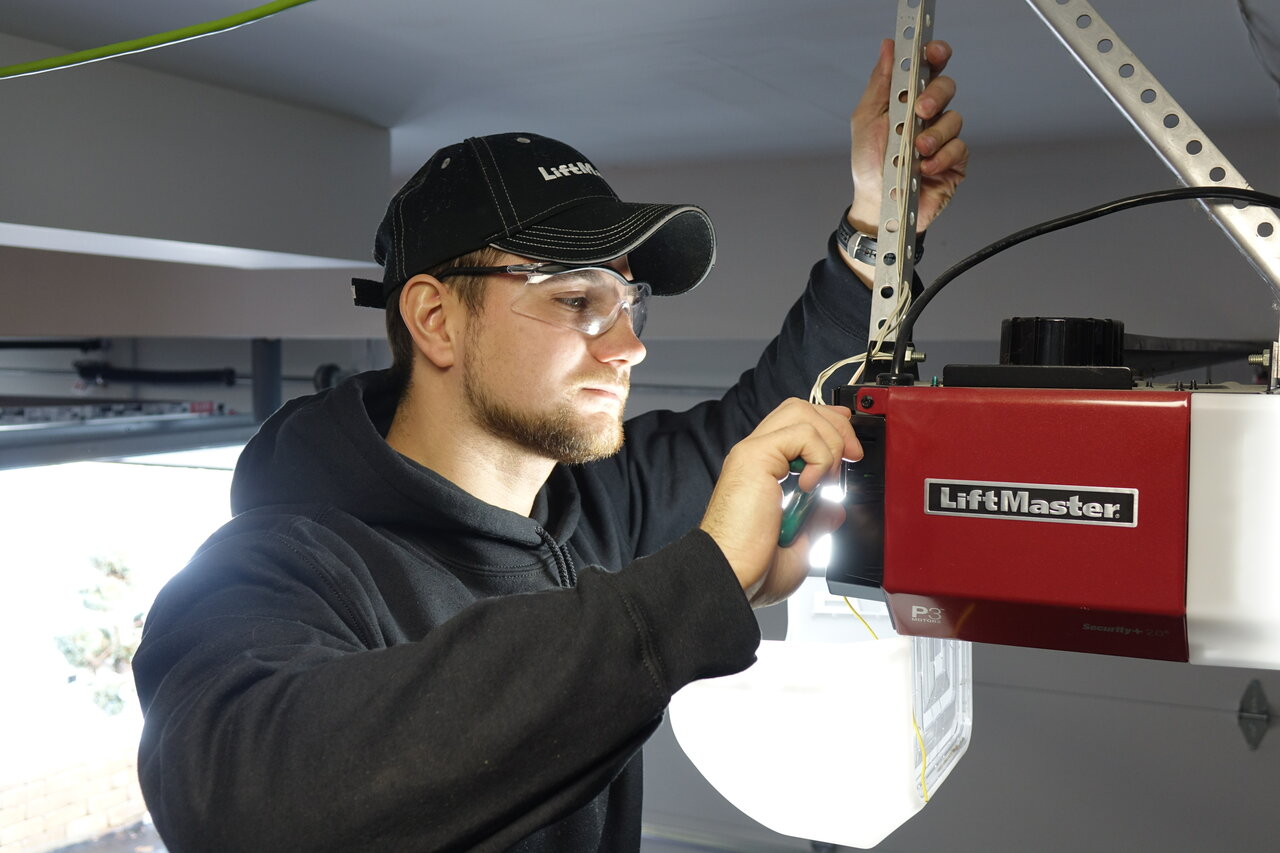
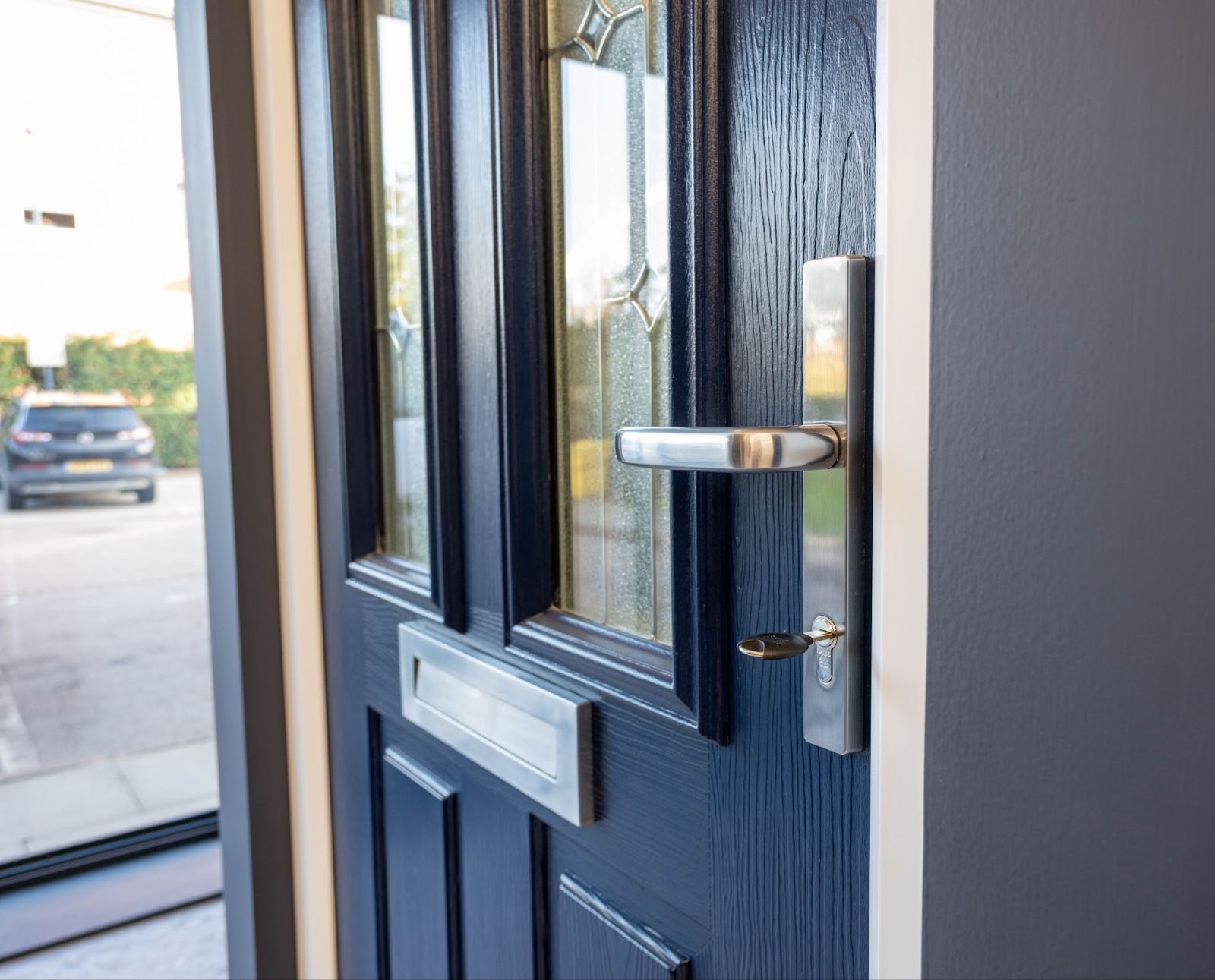
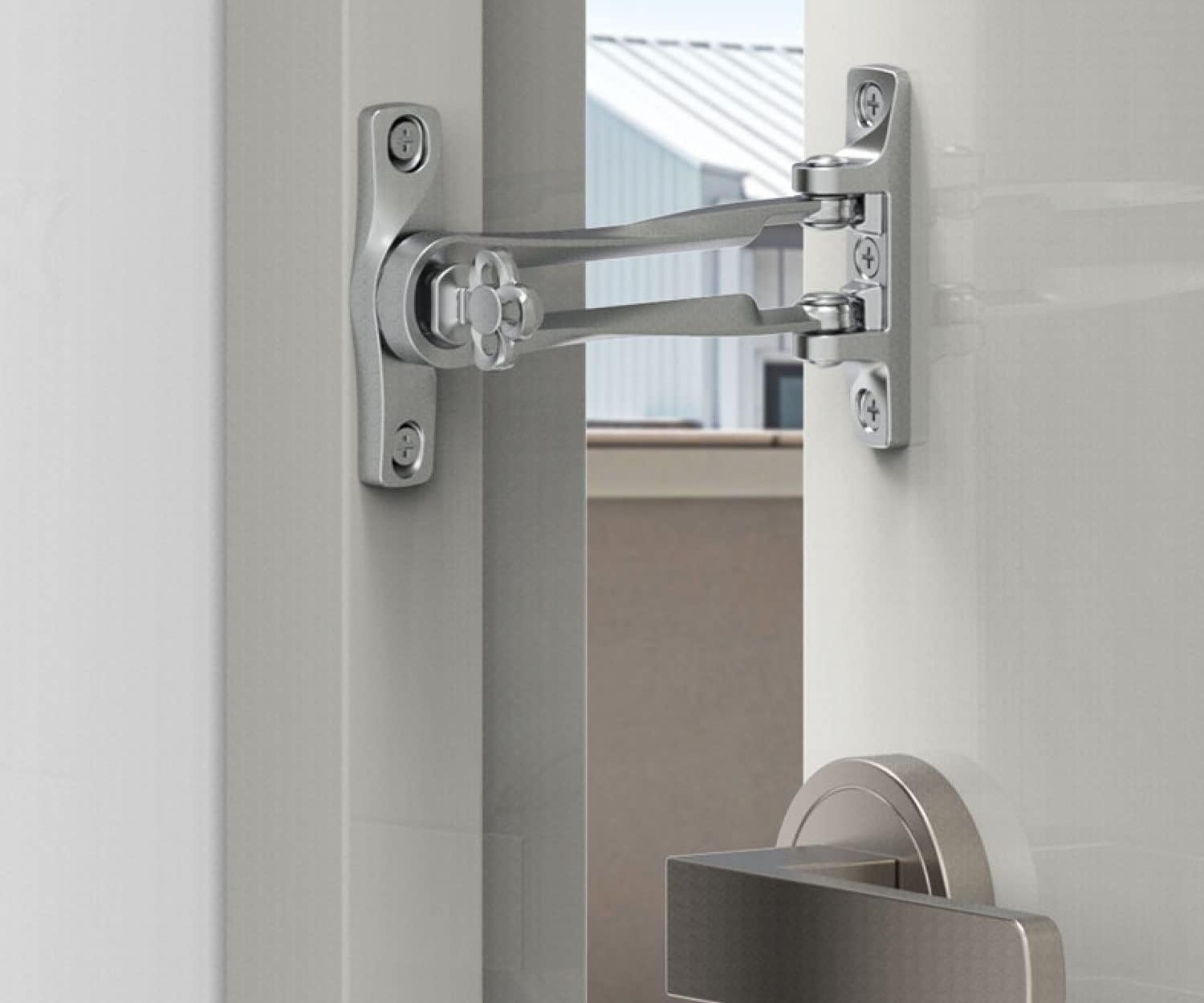
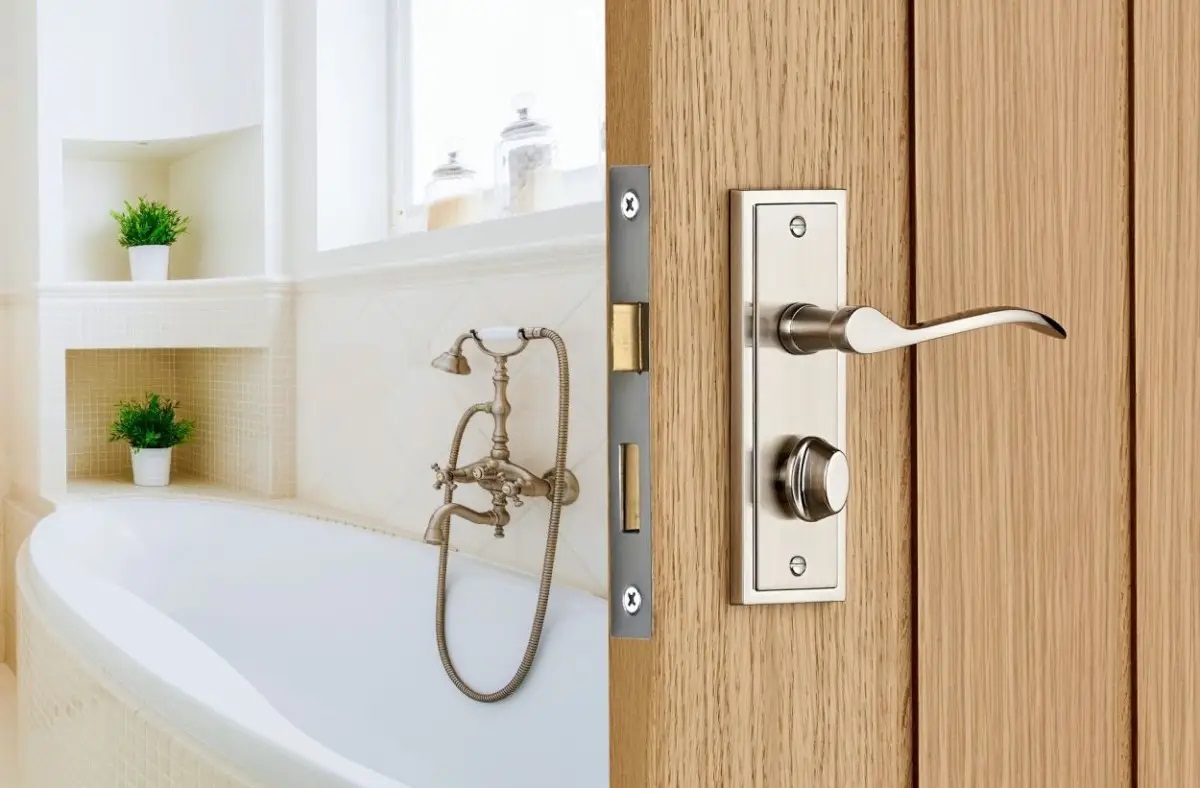
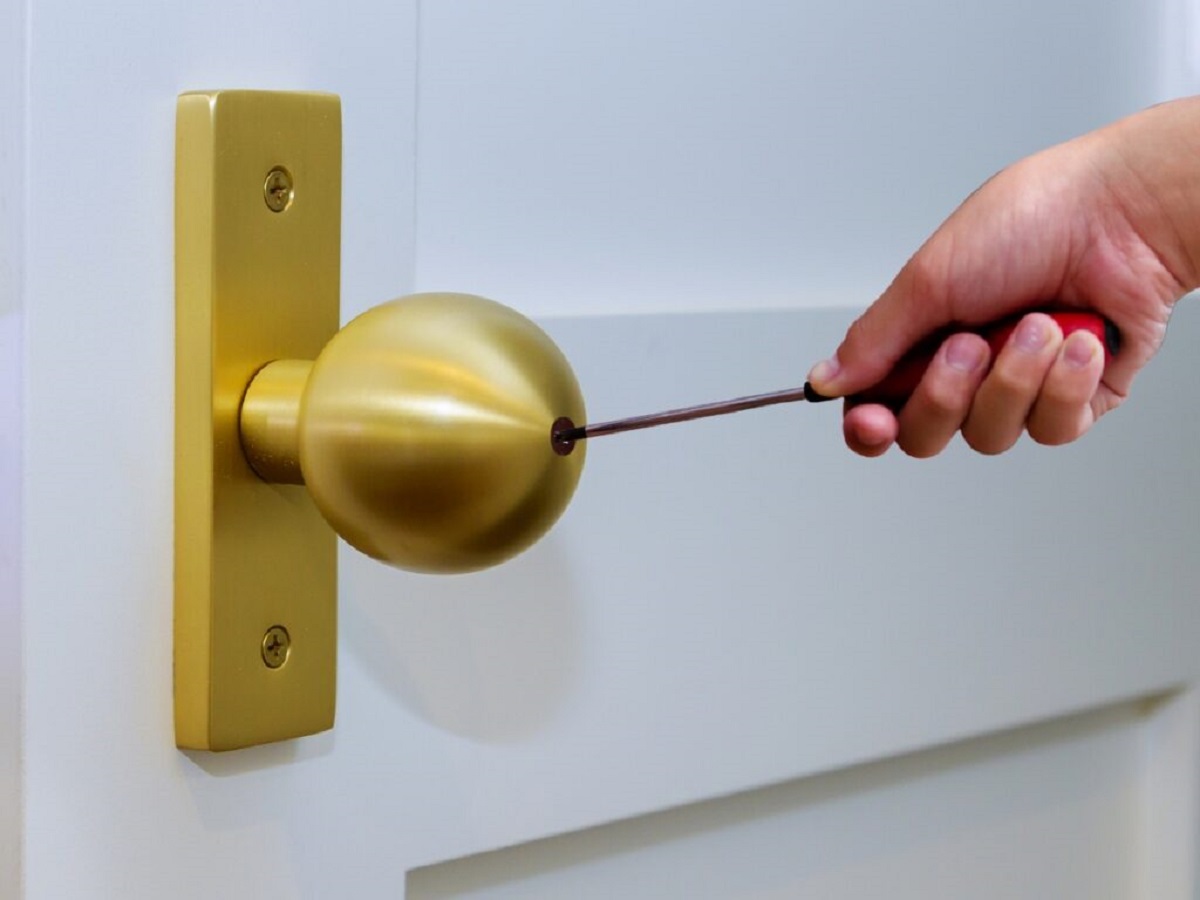
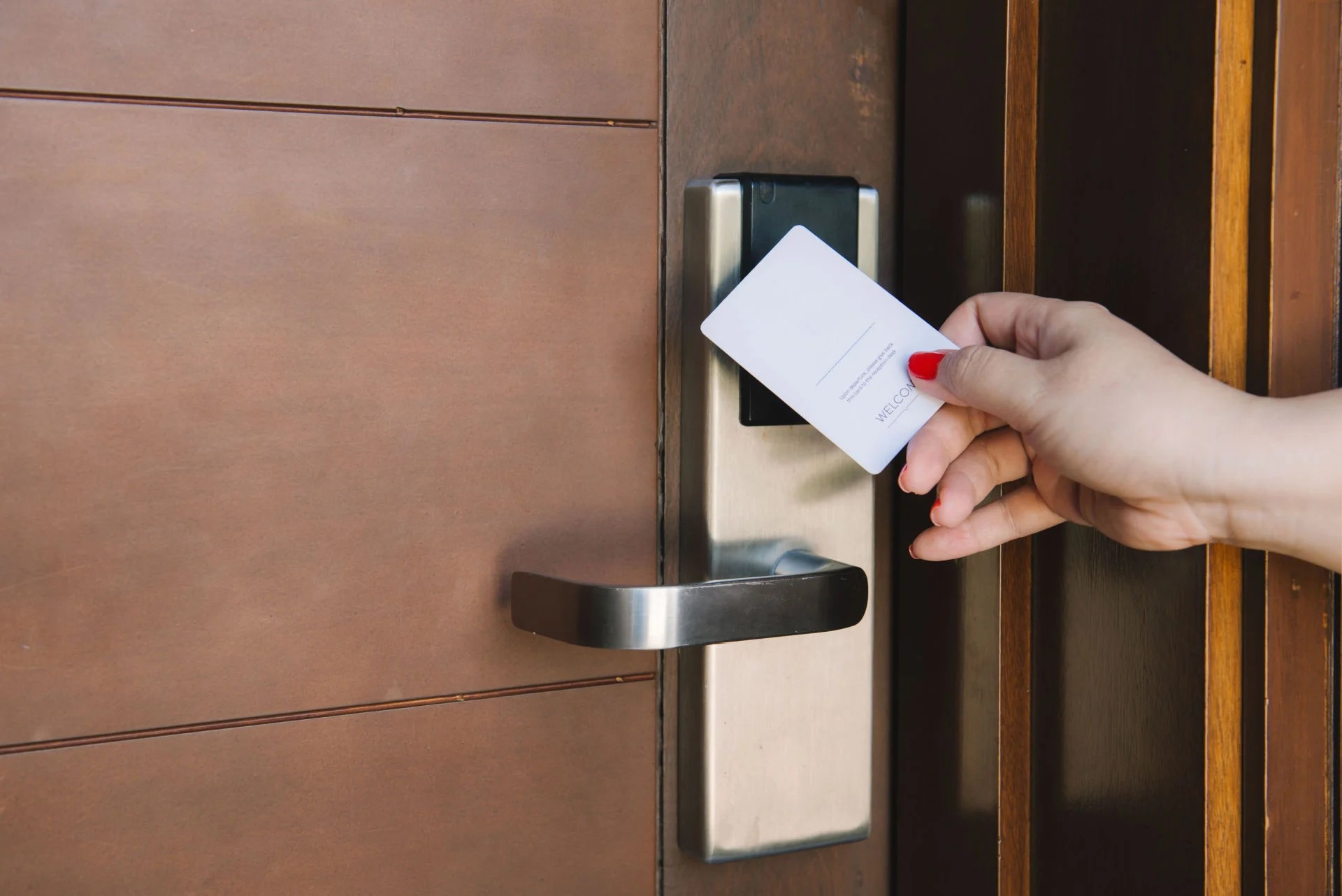
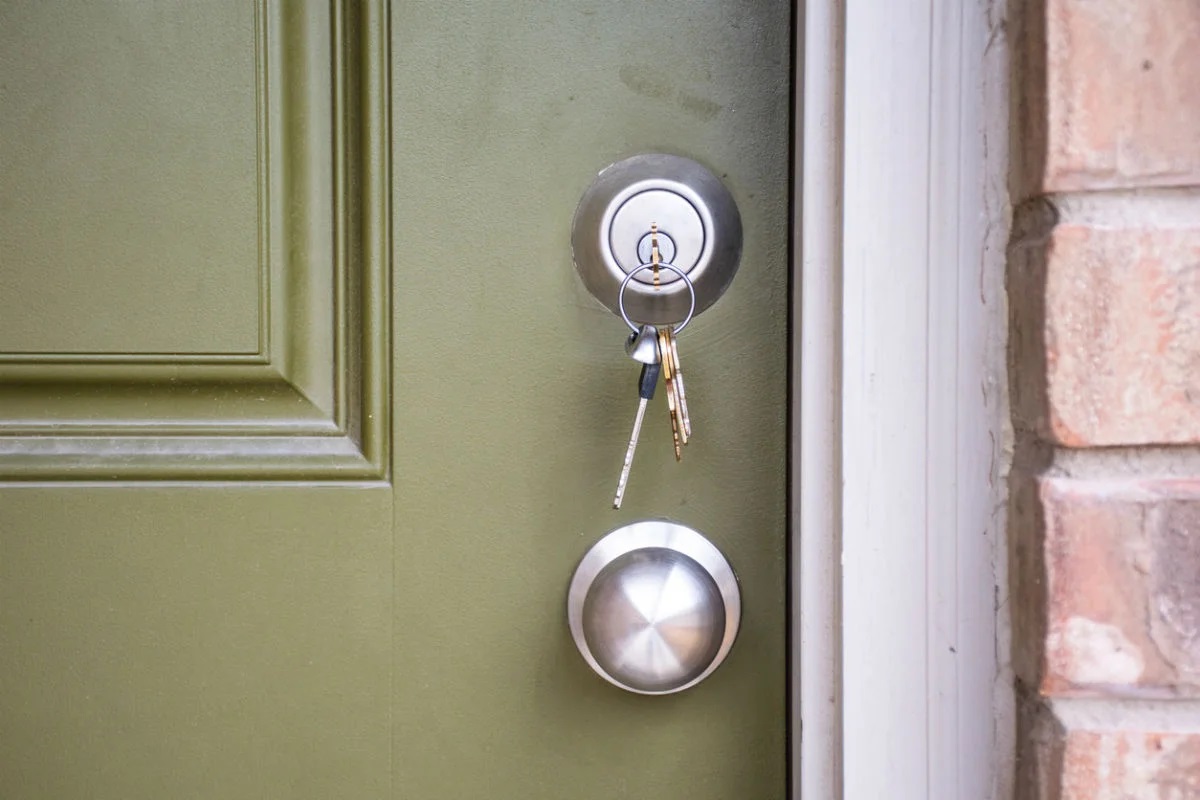


0 thoughts on “How Do You Open A Locked Door”